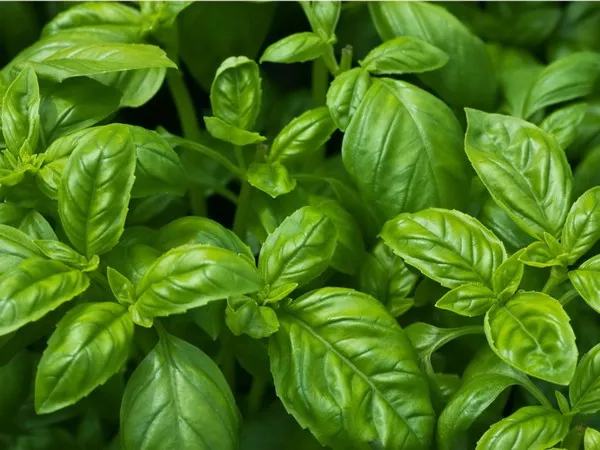In the realm of gardens and outdoor spaces, the presence of wasps can often be a source of concern for enthusiasts and nature lovers alike. While these buzzing insects play a crucial role in pollination, their stinging nature and territorial behavior can turn a pleasant day outdoors into a daunting experience. In this article, we explore the fascinating world of flora and unveil a curated list of flowers that wasps detest, providing a natural and aesthetically pleasing solution to keep these buzzing creatures at bay.
Understanding Wasp Behavior:
Before delving into the specific flowers that wasps find disagreeable, it is essential to comprehend the factors that attract these insects in the first place. Wasps are drawn to sweet scents, bright colors, and sugary substances, as these elements mimic the characteristics of their natural food sources. By strategically selecting flowers that diverge from these attractive features, it is possible to create a garden or outdoor space that is less inviting to wasps.
Flowers That Wasps Hate:
Marigolds (Tagetes):
Known for their vibrant hues and aromatic foliage, marigolds are a popular choice for gardeners seeking to repel wasps. The strong scent emitted by marigolds is displeasing to wasps, making these flowers an excellent addition to outdoor spaces where wasps are unwelcome.
Basil (Ocimum basilicum):
Beyond its culinary uses, basil is a versatile herb that serves as a natural deterrent for wasps. The strong aroma of basil plants, particularly when in full bloom, can help keep wasps at a distance. Planting basil in pots or interspersed with other flowers can contribute to a wasp-resistant garden.
Mint (Mentha):
With its refreshing fragrance and rapid growth, mint is not only a delightful addition to culinary endeavors but also an effective wasp repellent. The strong scent of mint can confuse and deter wasps, making it an ideal choice for borders or container gardening.
Chrysanthemums (Chrysanthemum spp.):
Chrysanthemums, commonly known as mums, are renowned for their vibrant colors and longevity. However, wasps find the scent and composition of chrysanthemums displeasing, making them a valuable asset in creating wasp-resistant gardens.
Lavender (Lavandula):
Prized for its soothing fragrance and delicate purple blooms, lavender is a popular choice for gardens aiming to repel wasps naturally. The strong scent of lavender is known to deter not only wasps but also other unwanted insects, making it a versatile and aesthetically pleasing addition to outdoor spaces.
Geraniums (Pelargonium):
Geraniums, with their colorful and diverse blooms, are not only visually appealing but also effective in deterring wasps. The strong aroma of geraniums can help create a wasp-free zone, enhancing the enjoyment of outdoor spaces.
Nasturtiums (Tropaeolum):
Nasturtiums, with their vibrant flowers and distinctive foliage, are known for their ability to repel a variety of pests, including wasps. These easy-to-grow plants can be strategically placed in gardens or hanging baskets to discourage wasps from frequenting the area.
Rosemary (Rosmarinus officinalis):
A fragrant herb commonly used in culinary applications, rosemary is also effective in repelling wasps. The strong scent of rosemary can be harnessed by planting it in garden beds or pots, creating a natural barrier against unwanted wasp activity.
Creating a Wasp-Resistant Garden:
Now armed with knowledge about flowers that wasps hate, it’s time to strategically incorporate these plants into your garden or outdoor space. Here are some tips to maximize the effectiveness of your wasp-resistant garden:
1. Diversify Plant Selection:
Mix and match different types of wasp-repelling flowers to create a diverse and visually appealing garden. This not only enhances the aesthetics but also confuses and discourages wasps from establishing nests.
2. Strategic Placement:
Consider the layout of your garden and strategically place wasp-deterring plants near gathering areas, seating spaces, or entry points to your home. This targeted placement can help create a protective barrier against wasp intrusion.
3. Regular Maintenance:
Ensure that your garden is well-maintained, with regular pruning and weeding. Healthy and thriving plants are more effective in deterring wasps, as their natural scents are more potent when the plants are in optimal condition.
4. Combine with Citrus:
Citrus plants, such as lemons and oranges, emit a scent that is pleasant to humans but unappealing to wasps. Consider incorporating citrus trees or potted citrus plants into your garden to complement the wasp-repelling flowers.
Conclusion:
In the intricate dance between nature and human habitation, understanding the preferences and aversions of wasps becomes paramount. By strategically selecting and incorporating flowers that wasps hate into our outdoor spaces, we not only create visually stunning gardens but also establish a natural defense against these buzzing insects. Embrace the beauty of marigolds, basil, mint, chrysanthemums, lavender, geraniums, nasturtiums, and rosemary to cultivate a garden that thrives while keeping wasps at bay. With careful planning and thoughtful design, you can transform your outdoor haven into a wasp-resistant sanctuary, allowing you to enjoy the wonders of nature without the unwelcome presence of these stinging insects.


